Olive Young - Sejong-ro Branch [Tax Refund Shop] (올리브영 세종로)
3.1Km 2024-04-16
161, Sejong-daero, Jongno-gu, Seoul
-
Shinsegae Duty Free Shop - Myeong-dong Branch (신세계면세점 명동점)
3.1Km 2017-06-13
77, Toegye-ro, Jung-gu, Seoul
Opened in May 2016, the Shinsegae Duty Free Store in Myeong-dong offers culture, tourism, and shopping on the 8-12 floors of the main branch of Shinsegae Department Store. The shops sell famous international brands as well as top Korean brands for a global shopping experience. The store is located nearby popular tourist attractions N Seoul Tower and Namdaemun Traditional Market, making it easy to enjoy tourism and shopping in one location.
Shinsegae Duty Free Shop - Myeong-dong Branch Handicraft Store (신세계면세점 명동점 수공예품 매장)
3.1Km 2016-10-11
77, Toegye-ro, Jung-gu, Seoul
Korea Craft and Design Foundation Handicraft Store located within the giftshop of Shinsegae Duty Free Shop Myeong-dong Branch sells handcrafted everyday props and cultural crafts. Dedicated to the concept of "Artisans, and Artists," the store introduces young artists as well as famous handicraft masters along with their masterpieces of diverse genre in the world of Korean arts and craft.
New Seoul Hotel (뉴서울호텔)
3.1Km 2021-05-11
16, Sejong-daero 22-gil, Jung-gu, Seoul
+82-2-735-8800
New Seoul Hotel is conveniently located in central Seoul near City Hall, providing guests with easy access to shopping, sightseeing, and more. The guestrooms are outfitted with modern amenities for a comfortable stay, and the hotel has several dining, entertainment and convenience facilities such as a business center, a souvenir shop and men's sauna.
Hwangudan Altar (환구단)
3.1Km 2020-05-07
112, Sogong-ro, Jung-gu, Seoul
+82-2-3396-5842
Hwangudan Altar, also called Hwandan Altar, refers to an altar complex for the rite of heaven. The rites were first performed in the Goryeo dynasty by King Seongjong in the first month of 983 (2nd year of his reign), but was repeatedly adopted and abolished, and eventually stopped at the start of the Joseon dynasty.
Then in 1456 (2nd year of King Sejo), the practice was temporarily standardized and the rites were performed at Hwangudan Altar again in 1457. However, rites were again abolished in 1464 (10th year of King Sejo). It wasn’t until 1897 (34th year of King Gojong) when the Joseon dynasty was renamed as the Korean Empire and King Gojong ascended to emperor, that the rite was revived.
Now, Hwangungu Shrine and three stone drums stand at the location of the former altar complex. The three stone drums symbolize the instruments used for the rites. The shrine was completed in 1899, two years after the altar was started in 1897. Today, the Hwangungu Shrine still stands within the hotel grounds of the Westin Chosun Hotel.
Chebudong Janchijip Dwaejigalbi (체부동잔치집돼지갈비)
3.1Km 2024-03-18
24 Jahamun-ro 1-gil, Jongno-gu, Seoul
+82-2-722-3555
Chebudong Janchijip Dwaejigalbi is a restaurant where marinated pork galbi are grilled over charcoal fire. It offers various side dishes along with rich soybean paste jjigae. Enjoying cold buckwheat noodles with the tender marinated pork galbi, which are well-aged, is also recommended. Additionally, there are individual menu items such as dubu jeongol (bean curd hot pot), hoe naengmyeon (cold buckwheat noodles with raw fish), bibimbap, and gamjajeon (potato pancake).
Rex Hotel (렉스호텔)
3.1Km 2021-03-03
23, Toegye-ro 10-gil, Jung-gu, Seoul
+82-2-751-3191
Lex Hotel is a suitable accommodation for business trips. It is also great for shopping, due to its convenient location by Namdaemun Market, Seoul Station, and Myeong-dong, as well as Korea's major shopping malls like Lotte and Shinsegae Department Stores. The hotel has 110 rooms, offering a view of downtown Seoul. It is also equipped with convenient amenities and restaurants that are ready to fulfill every guest’s needs. The guestrooms feature a comfortable atmosphere with a simple interior.
Of one book and stay (일독일박)
3.1Km 2024-12-23
11-1 , Pirundae-ro 3-gil, Jongno-gu, Seoul
+82-504-0904-2340
Ildogilbak in Seochon Village, Seoul, is a private hanok stay that has been stylishly renovated with modern facilities. The bedroom, kitchen and dining room are located around the courtyard. Tired travellers can soak their feet in the small courtyard footbath while sitting on the veranda. There’s a queen size bed in the bedroom, and a large table in the dining room where you can read a book and chat. There is also an attic space where you can fall asleep looking at the stars through a small skylight. The kitchen is well equipped, and there’s a tub in the bathroom.
Bank of Korea Money Museum (화폐박물관)
3.1Km 2024-03-18
39 Namdaemun-ro, Jung-gu, Seoul
This Renaissance-style three-story stone building is the museum of the Bank of Korea. The older Bank of Korea was established as the central bank of the Korean Empire in 1909 and has been designated as a National Historical Site. During the Japanese colonial period, the bank was renamed the Bank of Joseon, and the building was used as the main and head office of the Bank of Korea until 2001. The building has been used as the nation’s Money Museum since June 2001 in celebration of the 50th anniversary of the Bank of Korea. The museum has 13 exhibition rooms on two floors, with one basement floor and two above-ground floors. It holds special exhibitions of various currency and art collections to provide domestic and foreign visitors with the opportunity to enjoy the history and culture of currency. Visitors can learn about the Bank of Korea and the central banking system, as well as how to identify counterfeit notes and how money is produced and circulated. It is also a good place for children to learn about currencies from around the world. Advance reservations are required, and parking is not available. The museum can easily be reached via subway by getting off at Hoehyeon Station (Seoul Subway Line 4) and exiting through Exit 7.

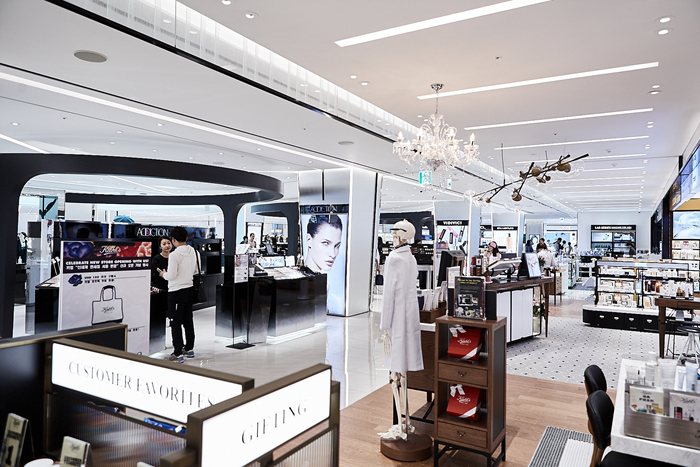
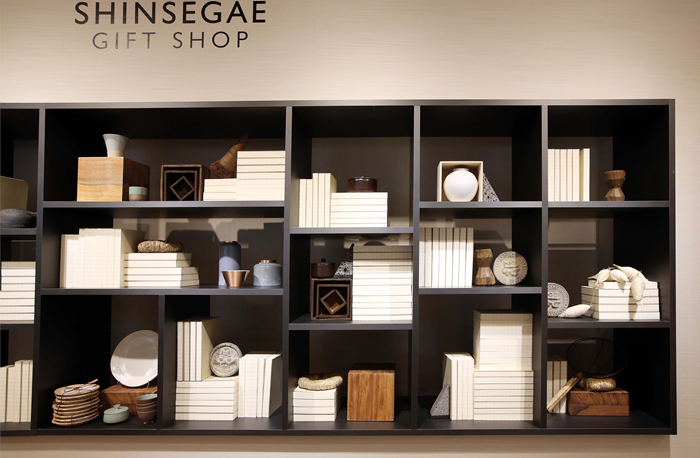
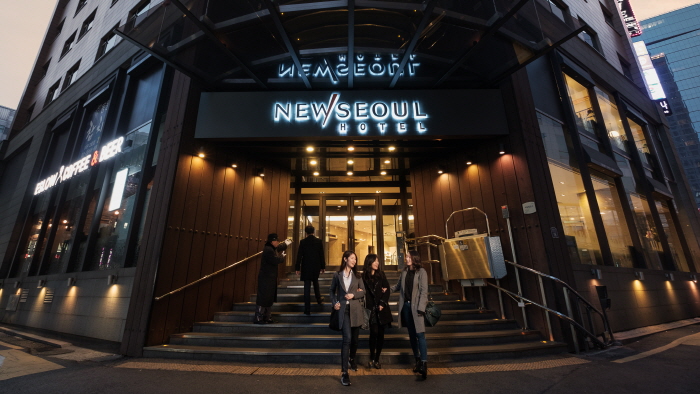
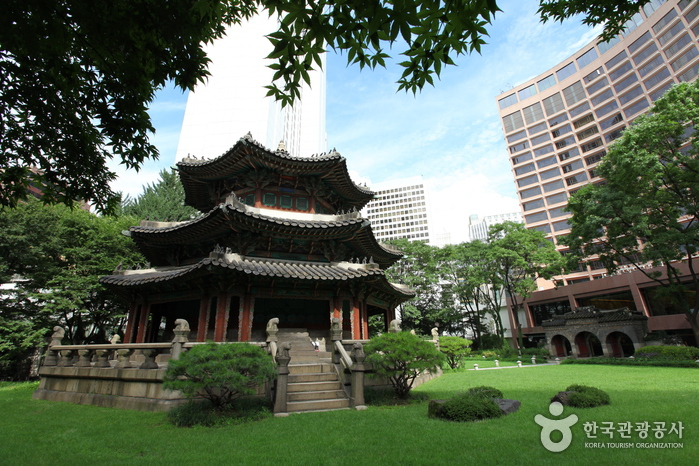
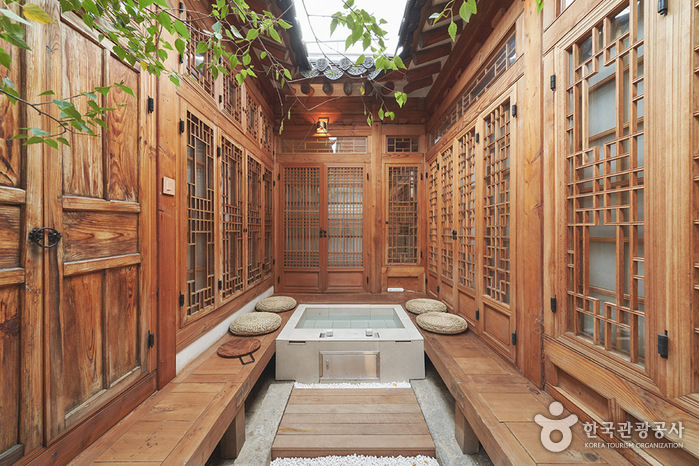
 English
English
 한국어
한국어 日本語
日本語 中文(简体)
中文(简体) Deutsch
Deutsch Français
Français Español
Español Русский
Русский